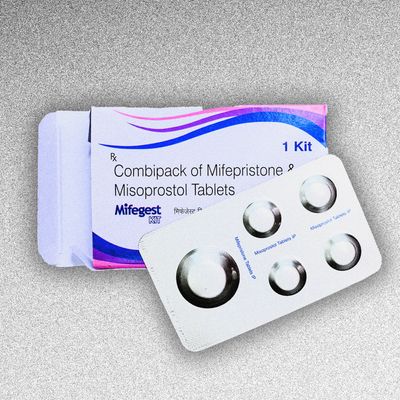
Fears that the conservative majority on the Supreme Court would add a terrible new chapter to its legacy of reversing reproductive rights were held in abeyance for the moment as a unanimous Court rejected a bid by anti-abortion physicians to restrict the availability of the abortion medication mifepristone. But the decision did not touch on the merits of the petitioners’ claim that the Food and Drug Administration had erred in approving mifepristone originally in 2000, in relaxing conditions for its prescription in 2016, and in authorizing its distribution by mail in 2021. Instead, Justice Brett Kavanaugh’s opinion concluded the plaintiffs had no standing to raise this complaint because none of them were directly affected by the FDA’s authorization:
[T]he plaintiffs do not prescribe or use mifepristone. And FDA is not requiring them to do or refrain from doing anything. Rather, the plaintiffs want FDA to make mifepristone more difficult for other doctors to prescribe and for pregnant women to obtain. Under Article III of the Constitution, a plaintiff ’s desire to make a drug less available for others does not establish standing to sue.
The anti-abortion docs had already been denied standing to object to the 2000 FDA decision by the Fifth Circuit Court of Appeals, and SCOTUS basically knocked them out of court on the rest of their effort. The decision completed the reversal of their victory in district court, where notorious right-wing Texas-based Judge Matthew Kacsmaryk sided with them on both standing and the merits of their petition.
There was one possible danger sign coming from the Court in FDA v. Alliance for Hippocratic Medicine: In a concurring opinion, Justice Clarence Thomas objected more generally to past Court precedents conferring “third-party standing” on petitioners acting for others. This likely signals his continued determination to fight standing for abortion clinics suing on behalf of their patients in challenges to state abortion restrictions.
The decision also does not necessarily end litigation over the availability of medication abortions — which now reportedly represent well over half of U.S. abortions. In particular, states that have banned or restricted every type of abortion will continue to fight prescription or distribution of such medications within their boundaries or by mail.
FDA v. Alliance for Hippocratic Medicine is not, moreover, SCOTUS’s final word on abortion this term. The Court is also expected to determine whether there remains at least a shred of a federal right to abortion in a case involving Idaho’s efforts to interfere with emergency medical procedures to terminate dangerous pregnancies, which are arguably protected by the Emergency Medical Treatment and Labor Act. SCOTUS unanimity on that case is extremely unlikely.






























